Speech and Language
What is the difference between speech and language?
Speech
Is making the sounds that become words. The physical act of talking. Words you might hear associated with a speech impairment: articulation, phonological processes, speech sound disorder
Language
Our system of using words to communicate. Using words and gestures to say what we mean and understand what others say. Words you might hear associated with a language impairment: receptive language, expressive language, comprehension, verbal expression, morphology, syntax, semantics, pragmatics, social communication
Every child is different and there is a wide range of what is considered to be “within normal limits”.
- By age 2, most children have at least 50 words and are producing 2 word utterances. They can recognize the names of objects, even in pictures and understand simple requests.
- By age 3, most of their speech can be understood by people outside of their family.
- By age 4, children are producing longer sentences and by age 5, children should be able to carry on a conversation.
- No consistent words by 18 months
- 24 months– not using at least 25 words
- 30 months– not using 2 word phrases
- 36 months– child does not have at least a 200 word vocabulary
- Difficulty understanding child’s speech
Parent– 24 months
Unfamiliar listener– 36 months
- No interest in communication
- Excessive drooling; problems sucking, chewing or swallowing; control and coordination of lips,tongue and jaw
Speech and Language Disorders
・ Organic disorders
dysarthria and apraxia (neurological), cleft palate (structural) and hearing impairment (sensory).
・ Functional disorders
articulation (motor) and phonology (linguistic).
・ Articulation impairment
focus on errors when producing individual speech sounds. Errors include substitutions, omissions, distortions and additions.
・ Phonological impairment
focus on predictable, rule based errors. Common processes used include fronting, stopping, consonant blend reduction and final consonant deletion.
・ Receptive language impairment
difficulty understanding what others are saying.
・ Expressive language impairment
difficulty expressing thoughts and ideas.
・ Mixed receptive/expressive impairment
difficulty understanding and using spoken language.
Modeling language at home and in the classroom
4 types of modeling:
These types of modeling can also be used to teach emotional regulation and social communication skills. Provide students with tons of praise for any and all verbal language.
Modeling articulation at home and in the classroom
Depending on the extent of difficulty, unclear speech can significantly impact how well a child interacts with adults and peers and can affect the development of language and social skills. Articulation is also important in literacy skills.
- Play: model sounds when playing EX) cow, train, sheep, etc.
- Talk: model slow and clear speech, reduce background noise when talking with students.
- Look: look at student and encourage student to look at you
- Read: read to students
- Listen and respond: actively listen to student and respond to all verbalizations
- Repeat: repeat student’s utterance using correct articulation. EX) “Dat my deen tar.” “Yes, that is your green car.”
- Show: ask for one repetition and try to have a guess. Ask student to show you if possible. Don’t be afraid of saying that you do not understand.
Note on correcting
If sounds / words are produced incorrectly, model the correct production back to them, but there is no need to have them try to say it again correctly. EX) “Look at that tat.” “Yes, it’s a cute cat.” Continue with conversation. This will serve as a subtle and positive correction.

